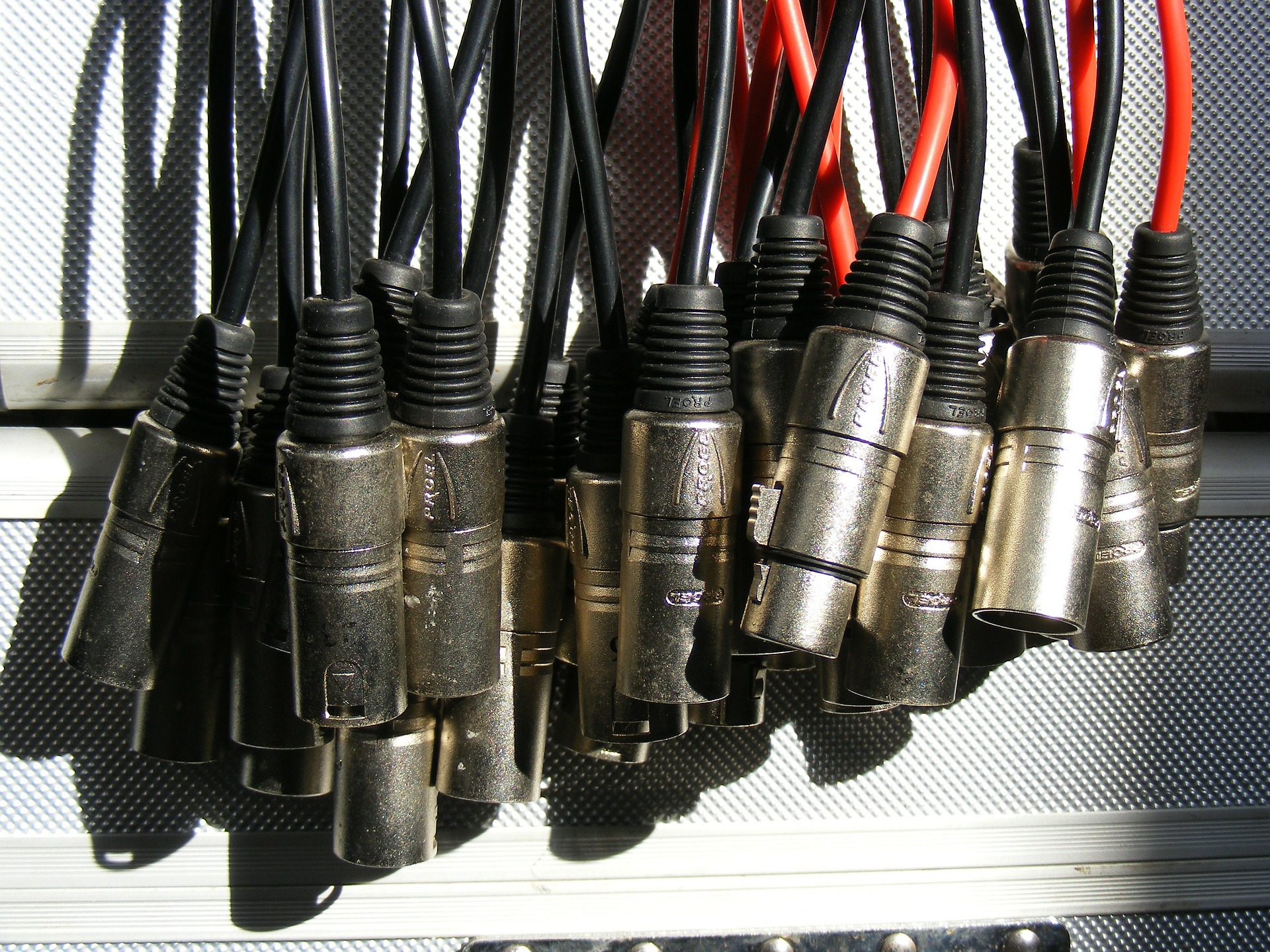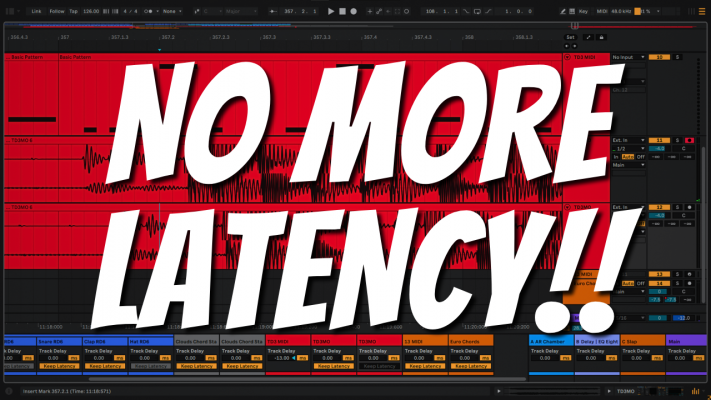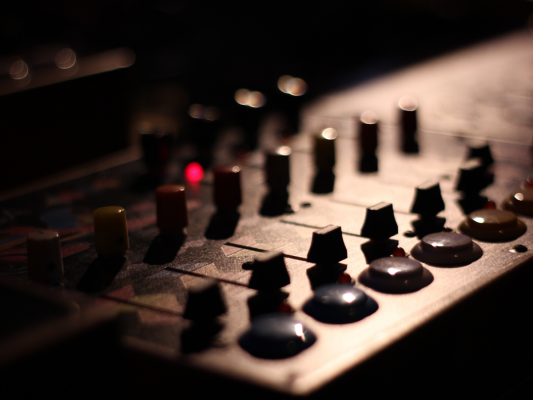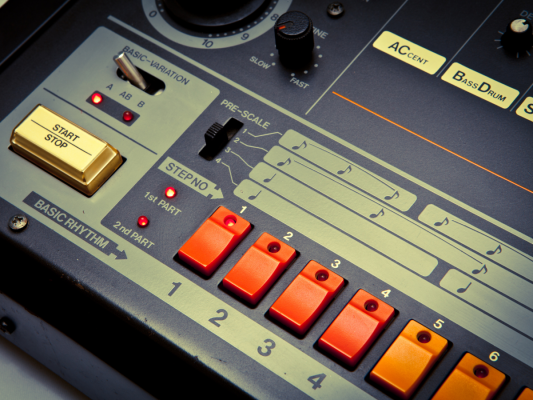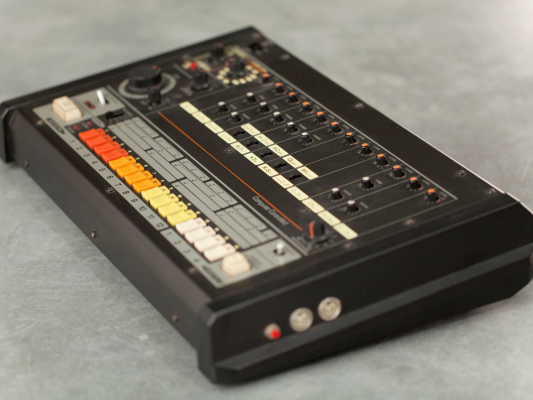Have you ever heard that annoying buzz coming out of your speakers? I certainly have been listening to that same old buzz for a while now and I finally decided to do something about it.
As your studio expands with more effect processors, synthesizers, compressors, and pre-amps the studio becomes a complex living organism. Thin copper wires connecting completely different types of equipment together. All kinds of noise emerge from seemingly out of nowhere. Today I want to talk about fixing ground loops.
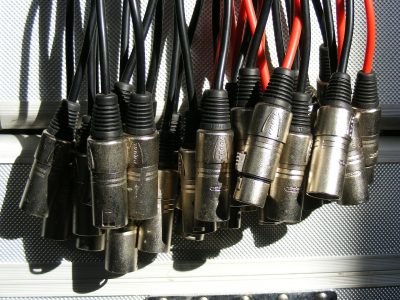
What is a ground loop?
Most equipment is grounded via their mains cable. Every audio cable has a shield which is also flowing to ground. So, when you connect two pieces of equipment together an unwanted current can run in a loop between the cable shield and the mains cable ground.
The more equipment you have wired together the more problems arise. Especially if you use a mixing desk or patch bay. Most mixing desks and patch bays connect all grounds together which makes it hard to figure out what equipment is causing the problem.
Where is that troublemaker?
The only way to figure out where your ground loop is coming from is to disconnect all cables from your mixer or recording device. Then, by turning up your monitors, you should hear nothing but hiss from the pre-amps. Now, start connecting your cables again, one at a time. At one point you will hear that dreadful 50Hz or 60Hz hum buzzing in your eardrums.
Now that you found the culprit, it’s time to break the loop. The easiest way to test this out is by grabbing a DI box and flipping the ground-lift switch. If you have a DI with transformers you could also use that to isolate the cable shields. If this solves your problem you know for sure that you have a ground loop problem.
While a simple DI or transformer could fix the problem, if you have multiple ground loops, however, having multiple DI’s would become a bit expensive. Fortunately, there is a cheaper solution! If you were to simply disconnect the audio cable ground from the connector, the loop is broken too! This is exactly the same as the ground lift switch on your DI box.
Just to be sure
Just to make sure. I am talking about the shield from the audio cable. You should never disconnect the ground from the mains cable, as this functions as a safety net which prevents you from getting shocked.
Also, remember that microphones only have one way of receiving any ground. So, disconnecting the ground from the microphone lead won’t make any sense. There can’t be a ground loop with a microphone and disconnecting the ground would make the microphone unusable. If you hear noise coming from the microphone it is likely from the microphone itself or from the pre-amp.
There are various theories about what the best place would be to disconnect the audio cable ground. You can disconnect the ground at the equipment input or at all the equipment outputs. I simply leave all the audio grounds connected at my mixer and disconnect the ground on the other side of the cable. Unfortunately, my previous pile of cables was made up of cheap molded cables so I couldn’t simply disconnect the ground on one side. I had to order new cables and solder them myself, which was a pain in the butt, but hey, I do have great quality cables now as bonus!
Resources
https://www.soundonsound.com/sound-advice/q-how-can-permanently-stop-mains-noise-my-studio

